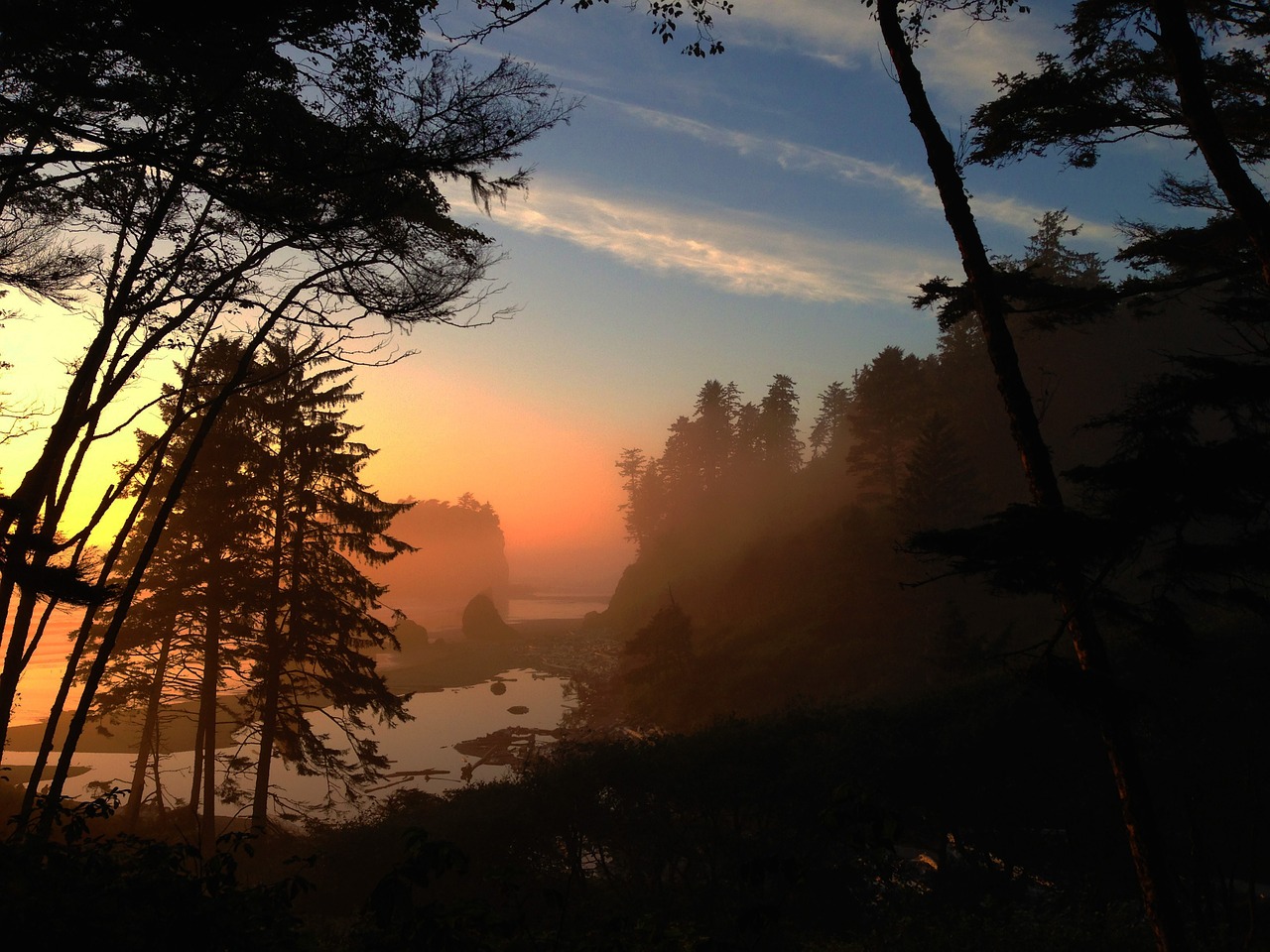Interesting facts about Olympic National Park

Olympic National Park is located on the Olympic Peninsula in Washington State. The park is a collection of beautiful landscapes that attracts many tourists, photographers, and nature enthusiasts who come here to explore the potential of the area. Known as one of America’s favorite parks, Olympic has plenty of amusing stories to tell. Here are some of the most interesting facts about Olympic National Park that everyone should know.
Roosevelt Elk is the most popular animal in the park

The Roosevelt Elk is the animal that you will most likely spot when visiting the Olympic’s rain forest. In the late 1800s, over-hunting of the elk was present in the area, but fortunately the species was saved from extinction when the region became Mount Olympus National Monument. The need for protection of the elk at that time was so pressing that the park was almost named Elk National Park.
The area has grown in size and status since the late 19th century
Olympic National Park as we know it today was not a national park back in the days. The area was first known as Olympic Forest Reserve, and it was originally preserved by President Grover Cleveland in 1897. After that, in 1907, it became Olympic National Forest. The next stage of its growth occurred when it evolved into Mount Olympus National Monument under President Theodore Roosevelt in 1909. Finally, in 1938, it was designated with the status of national park.
Visit Mount Olympus without traveling to Greece

If you are a fan of Greek mythology but don’t have the time or money to visit the actual Mount Olympus in Greece, you have the opportunity to visit its namesake here in the States. Mount Olympus is the highest peak in Olympic National Park and the highest point in the Olympic Mountain Range at 7980 feet.
The park is home to one of the few temperate rainforests in the world

Thanks to the protected area of the park, we still have what’s left of North America’s temperate rainforest. This part of the park is full of mosses, the Hoh, Quinault, Queets, and Sitka Spruce. If you ever decide to visit Olympic, have in mind that the Hoh and Quinault Rainforests are among the park’s most notable features.
The Olympic marmot is one of the park’s few endemic animals

Olympic Marmot is a cute animal, one of the few endemics to the area, that you might spot on a visit to the park. The marmots communicate with each other by whistling and weigh between 8 and 20 pounds. They are so connected to the mountain environment that surrounds them that they can hibernate for up to 8 months.
Ancient petroglyphs can be found at the Wedding Rocks

Cape Alava is the westernmost point in the States and in the park as well. You can go hiking on the Cape Avala Trail, accessible by a 3-mile boardwalk from a ranger station in the park. Hiking the Ozette Triangle Trail, you can reach the rocky outcropping on the coast known as the Wedding Rocks. These rocks have some ancient petroglyphs carved upon them, representing symbols of whales, hunters, waves and other signs left by the Makah tribe.
Olympic NP in Numbers
- 922,651 acres
- 876,669 acres (95% of the park) are Congressionally-designated wilderness
- 73 miles of wilderness coast
- over 3,000 miles of rivers and streams
- 60 named glaciers
- over 1,200 native plant species
- at least 16 endemic animals and eight kinds of endemic plants
- 20 reptile and amphibian species
- 37 native fish species
- 300 bird species
- 56 mammal species, including 24 marine mammal species
- over 650 archaeological sites
- 130 historic structures
- 16 developed campgrounds
- 64 trailheads
- 611 miles of trail
Now you know why this spectacular park is worth your attention and a visit. Protect this priceless environment and have a nice time at Olympic National Park.
If you have any comments then please drop us a message on our Outdoor Revival Facebook page
If you have a good story to tell or blog let us know about it on our FB page, we’re also happy for article or review submissions, we’d love to hear from you.
We live in a beautiful world, get out there and enjoy it. Outdoor Revival – Reconnecting us all with the Outdoors.
